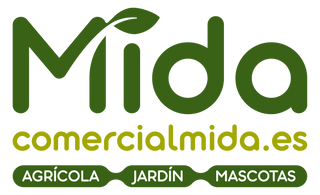The use of direct seeding in our garden
Traditionally, the sowing of most horticultural species is usually carried out in a nursery (sowing in trays, using a
substratumspecial). But we cannot forget that there are species that we can sow directly on the land where they will complete their entire productive cycle. To do this, we will use the direct sowing method.
The direct sowing method is often used for large seeds. However, it is important to mention that smaller seeds can also
sowin this way. The vegetables that are usually sown directly on the ground are the following:
- Carrot
- Potato
- Bean
- Pea
- Bean
- Onion
- Garlic
There are several direct sowing methods:
on the fly : the seed is distributed evenly over the entire surface. Then we must cover with a thin layer of soil / substrate.
Online : the seed is dropped continuously throughout the furrow. The distance between rows will depend on the size of the plant. The depth of the groove will depend on the species to besow. Planting too deep can cause seed not to germinate or to break through to emerge. On the contrary, if the seed is not sufficiently covered, the roots and shoots of the plant can become dehydrated. This method is recommended for sowing varieties whose cycle length is different (early and late).
to blow : small holes are made on the surface of the ground, and 2 or 3 seeds are dropped into each of them.
Species to be sown at this time of year, directly:
Onions : can be planted using seeds (in summer), or directly sowing the bulb. There should be a distance between rows of 10-15 cm, and should be sown 1-2 cm deep
garlic : the same clove of garlic serves as a seed. To sow it, we must select the best formed cloves, which are alone (not grouped) and do not lose their skin. Planting should be done at a depth of 5 cm and we must respect a distance of 10 cm between plants.
leafy vegetables (cabbage, cauliflower,cabbage): as a general rule, they should be sown in furrows, 2 cm deep in lines 50 cm apart.

